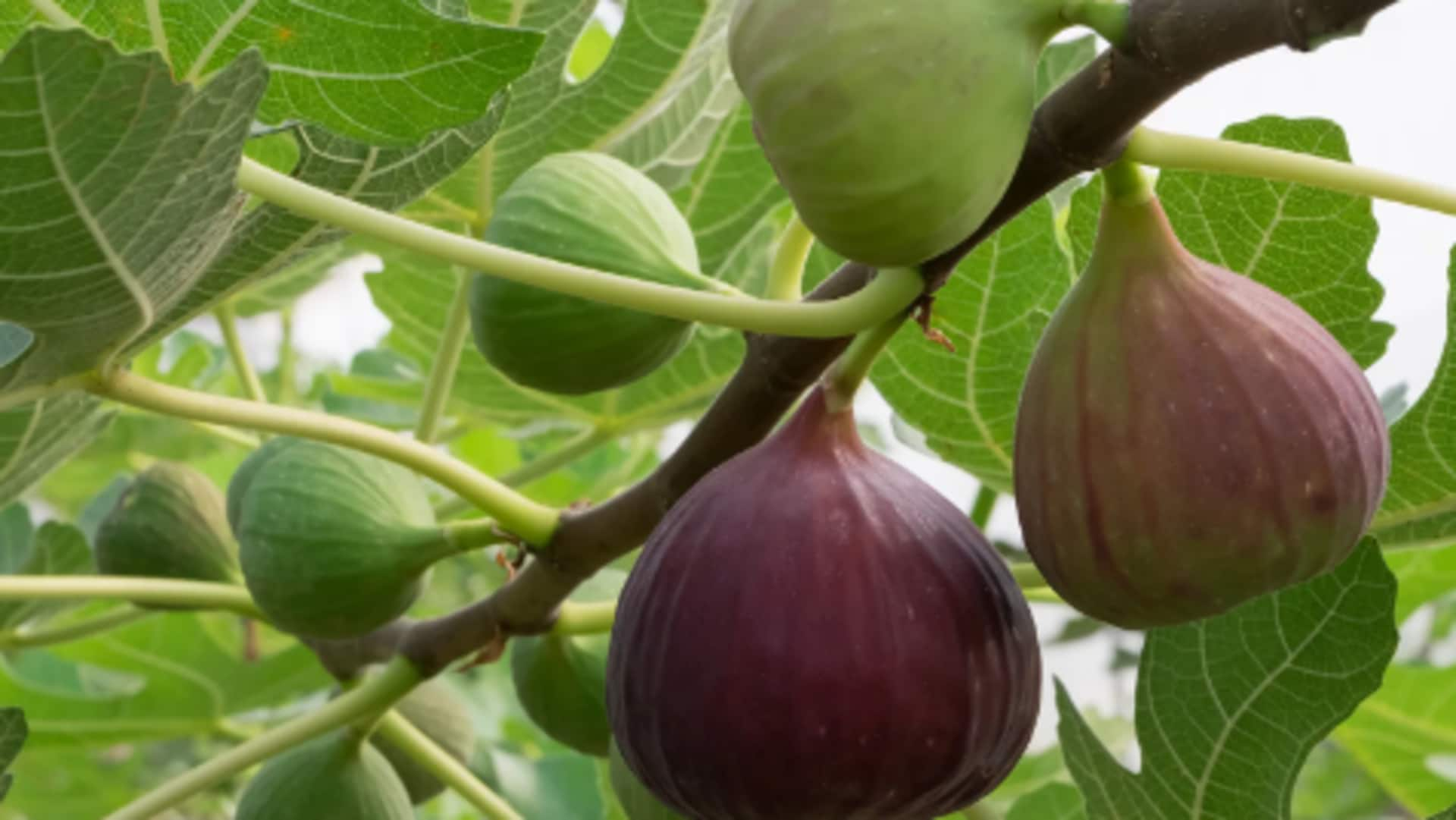
Flourishing fig trees: 5 fruitful care essentials
What's the story
Fig trees are a favorite among gardeners for their vibrant foliage and deliciously sweet fruits.
However, to guarantee a plentiful harvest, they require a bit of extra care and attention.
This article provides five crucial tips for cultivating healthy fig trees, including optimal sunlight exposure, proper watering techniques, fertilization schedules, pruning practices, and pest management.
Sunlight
Optimal sunlight for thriving trees
Fig trees require a minimum of six to eight hours of direct sunlight each day.
Ideal location is south-facing with no shade from structures or other plants.
Lack of adequate sunlight results in weak fruit production and increased vulnerability to diseases.
For container figs, turn the pot a quarter turn every few days to ensure balanced light exposure.
Watering
Watering wisely
The key to fig tree care is knowing how to water them right.
During the growing season, water your fig tree deeply once a week, but let the soil dry out a bit between waterings.
Root rot comes from over-watering, while under-watering during hot spells stresses the tree and reduces your fruit harvest.
In winter, cut back on water as the tree goes to sleep.
Fertilization
Fertilization for fruitfulness
Fertilizing fig trees promotes vigorous growth and fruit production.
Apply a balanced fertilizer with an NPK ratio of 8-8-8 or 10-10-10 in early spring as new growth emerges, and again in midsummer to support fruiting.
Don't over-fertilize, as this can cause excessive leaf growth at the expense of fruit production.
Pruning
Pruning for productivity
Annual pruning is crucial for keeping fig trees healthy, ensuring a strong structure, and encouraging abundant fruit production.
Prune in late winter during dormancy. Start by removing any dead or diseased branches, then thin out crowded areas to increase air circulation.
Concentrate on shaping the tree to maximize sunlight penetration and make harvesting easier.
Pest management
Keeping pests at bay
Pest control is crucial in shielding your fig trees from harmful damage that can compromise their health and productivity.
Regularly monitor your tree for the presence of pests such as aphids, beetles, and mites.
Utilize natural pest control strategies like introducing beneficial insects or applying horticultural oils during dormant periods.
These methods effectively manage infestations without negatively impacting the environment or beneficial organisms present around your fig tree.